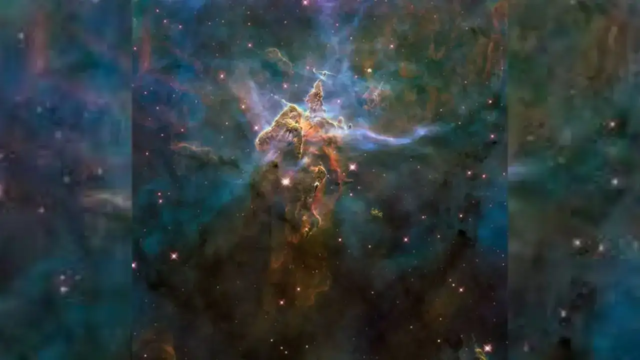100 times larger ‘Big Blast’ in Proxima Centauri, the sun’s closest star, shock the discovery of alien life?

Scientists have detected the largest explosion in any star in our galaxy. Proxima Centauri, the closest red seeding star of the sun, observed jets of plasma that were 100 times more powerful than any explosion in our solar system. It is believed that this incident can answer many questions related to solar radiation and life on other planets.
Big blast showing in 7 seconds
In a new study, the star was observed for 40 hours over several months. In it, the team saw a blast that was only 7 seconds and was visible in the UltraViolet spectrum. Astrophysicist and study lead researcher Meredish McGregor at the University of Colorado Boulder reported that the star shone 14,000 times brighter than it normally would when it was seen at the Ultravoil wavelength for a few seconds.
With the help of the power and radiation of this explosion, more information can be found about the red dwarf stars. Apart from this, the possibility of development of life on these orbiting planets can also be known.
Radiation is different from our sun
These explosions occur due to the powerful magnetic field of the star, according to Live Science’s report. Interestingly, in this explosion, other types of radiation have also been seen apart from the explosion in our sun. Ultraviolet light and radio wave were found in it, called millimeter radiation. Meredith explained that at first we did not know that stars explode in this range.
Such radiation also indicates that life on the planets orbiting the Proxima Centauri can be difficult like life on Earth. However, the possibility of another kind of life cannot be ruled out here.







